Rare Visit by Some Tropical Whales and TONS of Common Dolphins
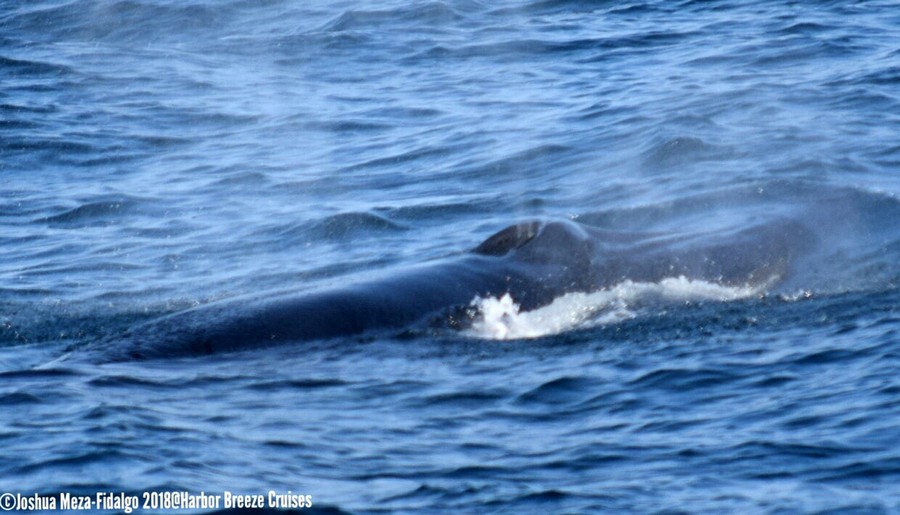
Credit: Josh Meza-Fidalgo, Harbor Breeze Cruises
James S.
Saturday, August 25, 2018
Hello everyone! Sorry for the lag in blogging, it’s been an eventful summer with so many amazing events going on at the Aquarium. We had a great International Save the Vaquita day here and our Urban Ocean Cruises have showing off the juxtaposition of our urban landscape and the conservation efforts to preserve our natural capital here in the LA/Long Beach Ports. Even if we haven’t seen as many blue whales as we would like the water has been fun and a great way to get away from the heat, we’ve seen the occasional humpback, some blue whales, fin whales, common dolphins every day, and an amazing sighting of a Bryde’s whale cow/calf pair!
If you haven’t seen a Bryde’s whale before (I’ve only seen one from quite a distance) it’s probably because they are not a typical whale for the Long Beach waters. But if the temperature conditions exist they can be spotted in our region. Typically the Bryde’s whale is going to inhabit tropical/subtropical waters that are consistently warmer than we would see. When the waters here are particularly warm we will see some Bryde’s whales. Conversely when our waters are as warm as we are experiencing right now we typically don’t see very many blue and fin whales. Most of the resources that show the region the Bryde’s whales inhabit will include the central northern Pacific but not the coastal northern Pacific with exceptions for our semi rare sightings.
Common dolphins have been seen the past few weeks in large numbers, with typically at least 1-2 sightings per whale watch. For us here in Long Beach it seems pretty evident why we would call them common dolphins, however globally they don’t have the largest range compared to other species like Risso’s, bottlenose, or rough toothed dolphins. Common dolphins reach a maximum length of around 7-8ft long and a few hundred pounds. The diets of the subspecies, short-beaked or long-beaked, varies little since they are seen in the same areas along the coastlines. It has even been speculated that the 2 types don’t feed or travel in the same areas at the same time. There is some room for misidentification as they look incredibly similar without the aid of photographs to ID the individuals in the pod. There are some reported cases of short and long-beaked being spotted in the same area, but there is still a lot of research around whether they could be from the same pod or if they were just seen in the same area. The similarities between them are so strong that some scientists have even suggested the subspecies be classified back as one species.
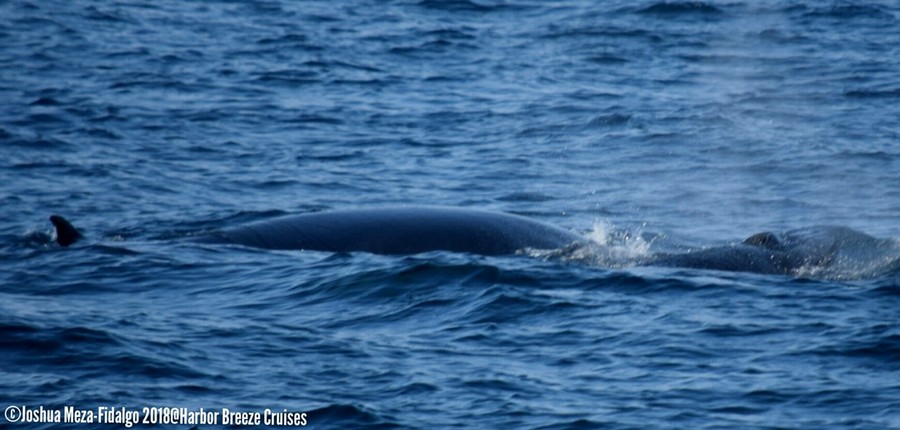
Credit: Josh Meza-Fidalgo, Harbor Breeze Cruises
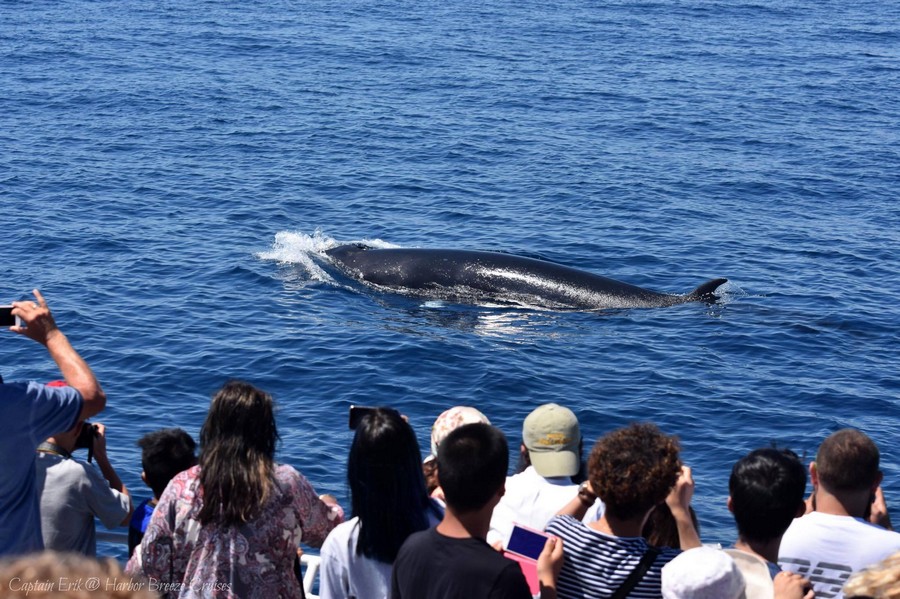
Credit: Capt. Erik Combs, Harbor Breeze Cruises
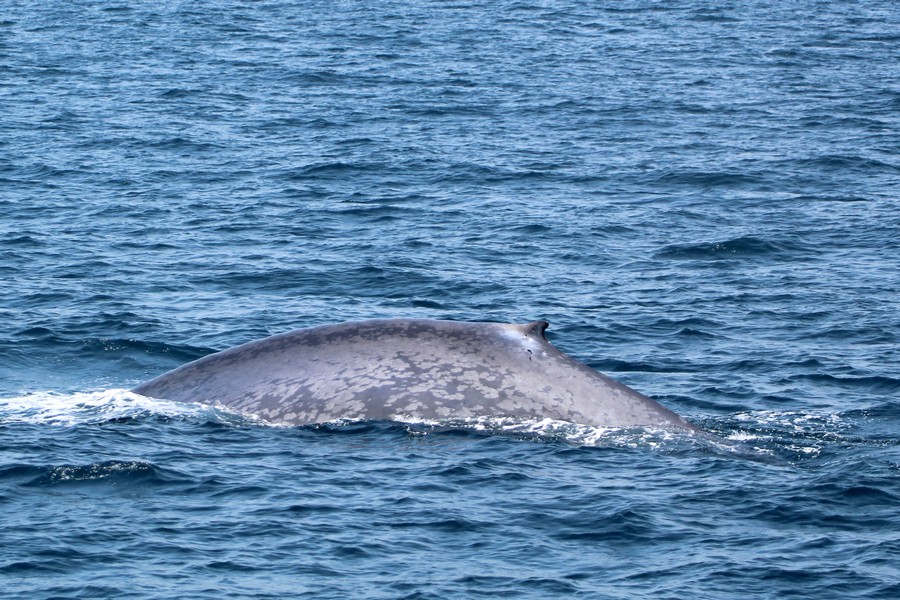
Credit: Aquarium of the Pacific
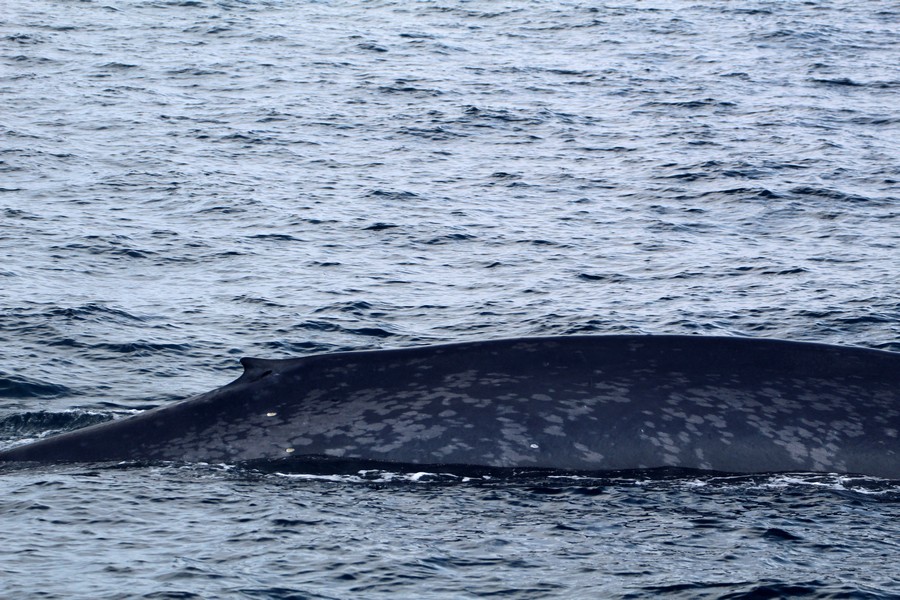
Credit: Aquarium of the Pacific
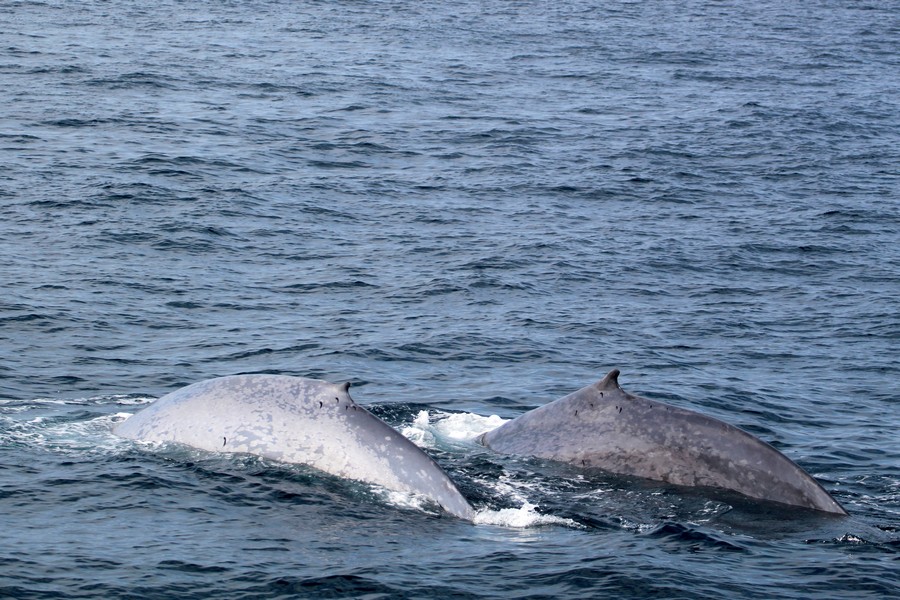
Credit: Aquarium of the Pacific
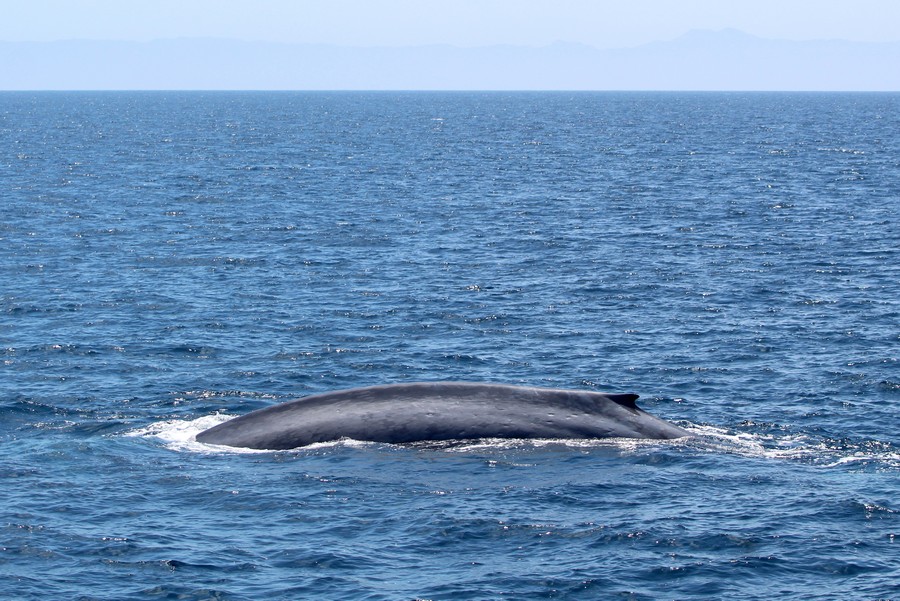
Credit: Aquarium of the Pacific
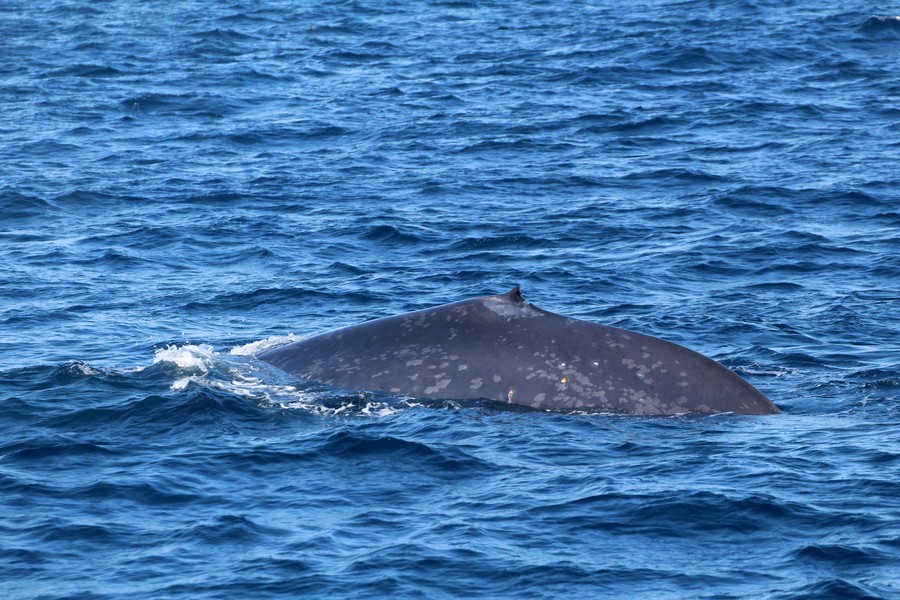
Credit: Aquarium of the Pacific
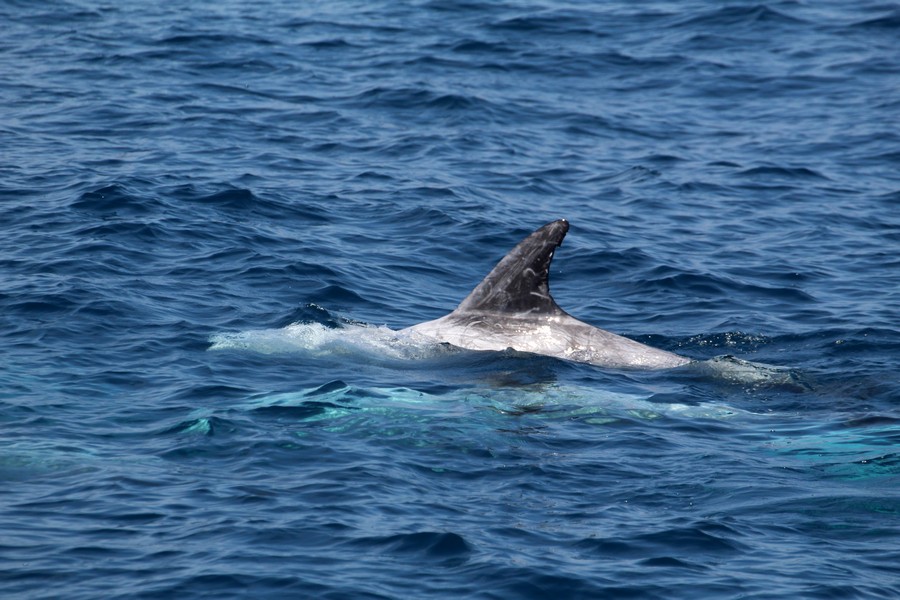
Credit: Aquarium of the Pacific
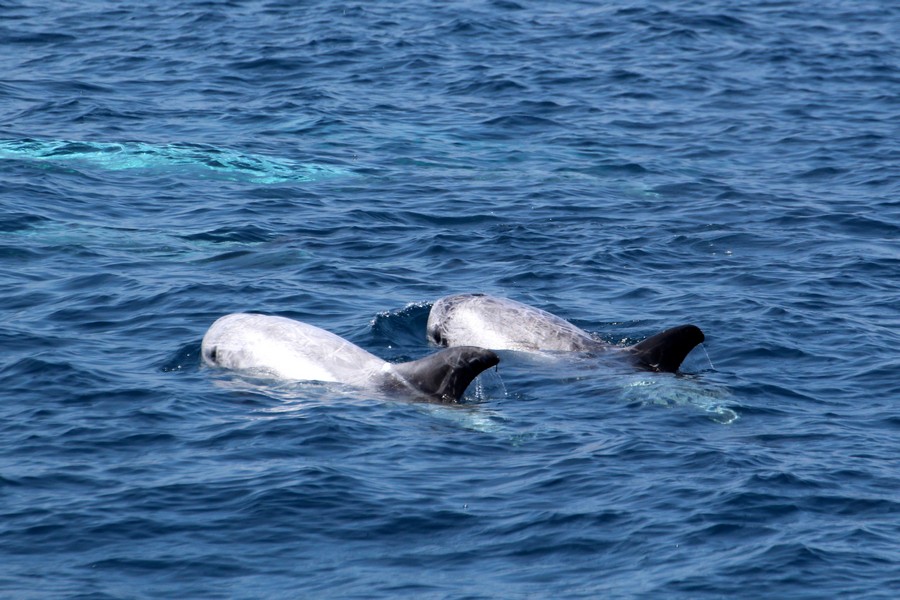
Credit: Aquarium of the Pacific
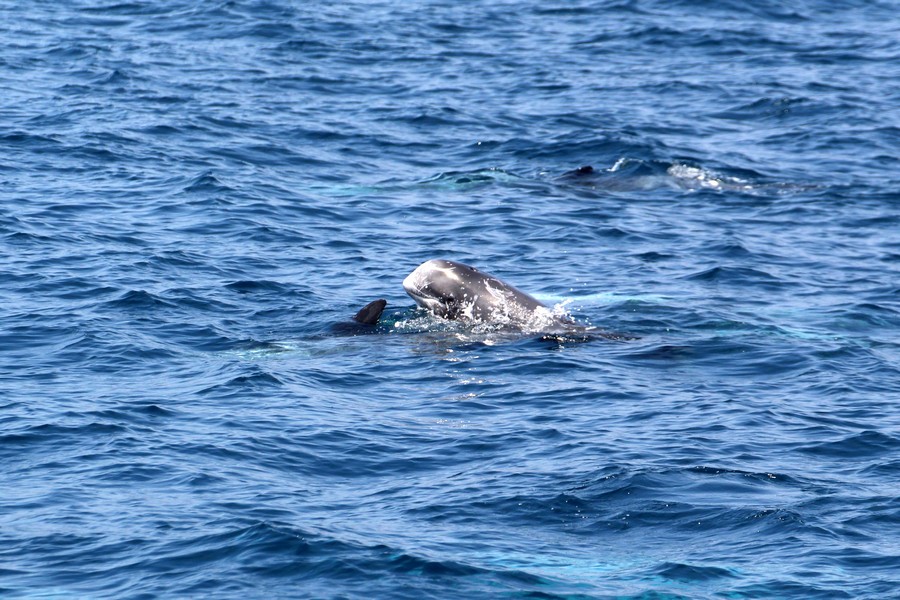
Credit: Aquarium of the Pacific
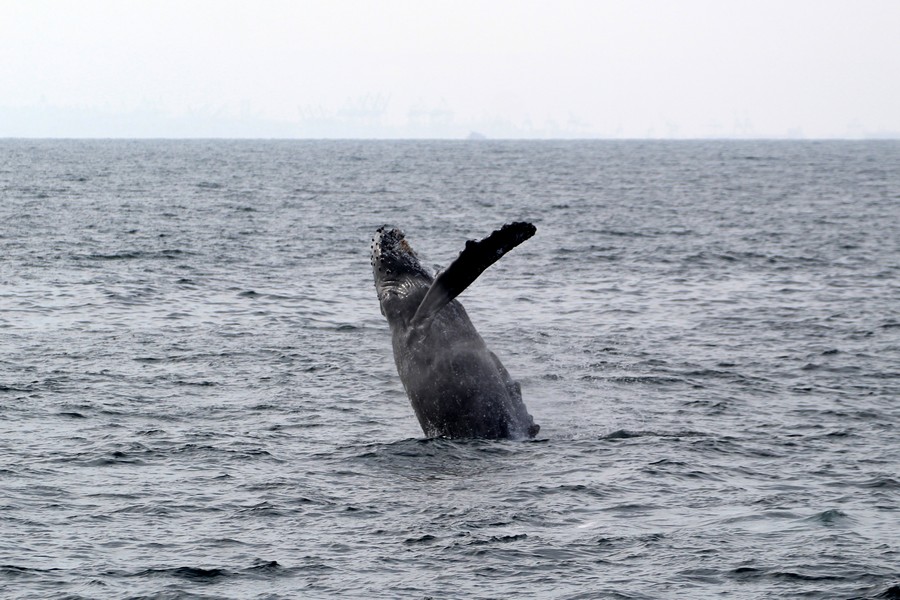
Credit: Aquarium of the Pacific
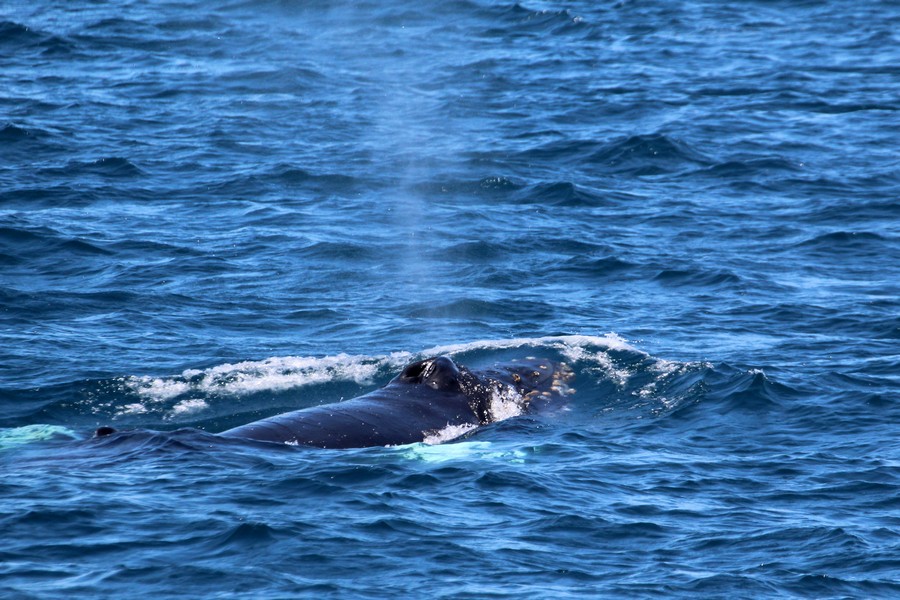
Credit: Aquarium of the Pacific
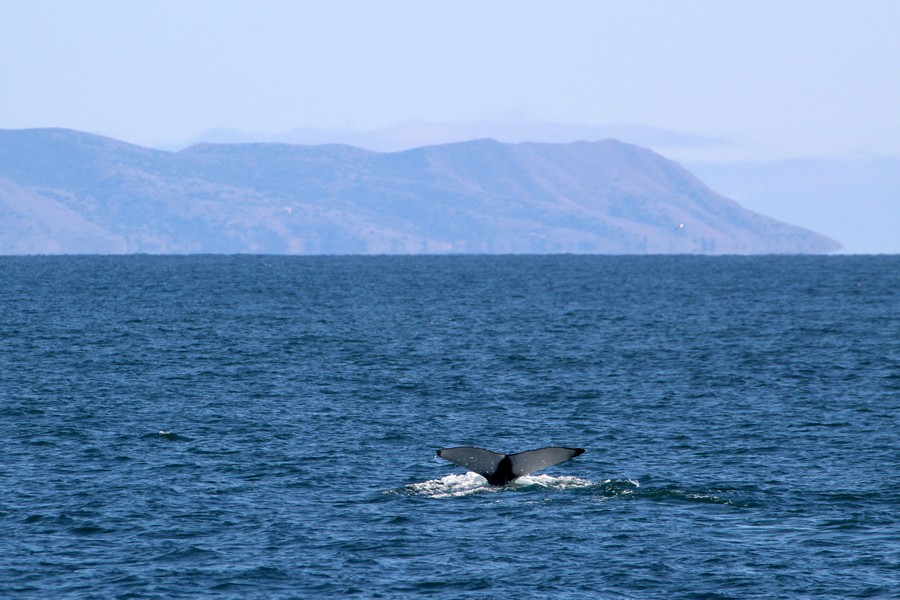
Credit: Aquarium of the Pacific
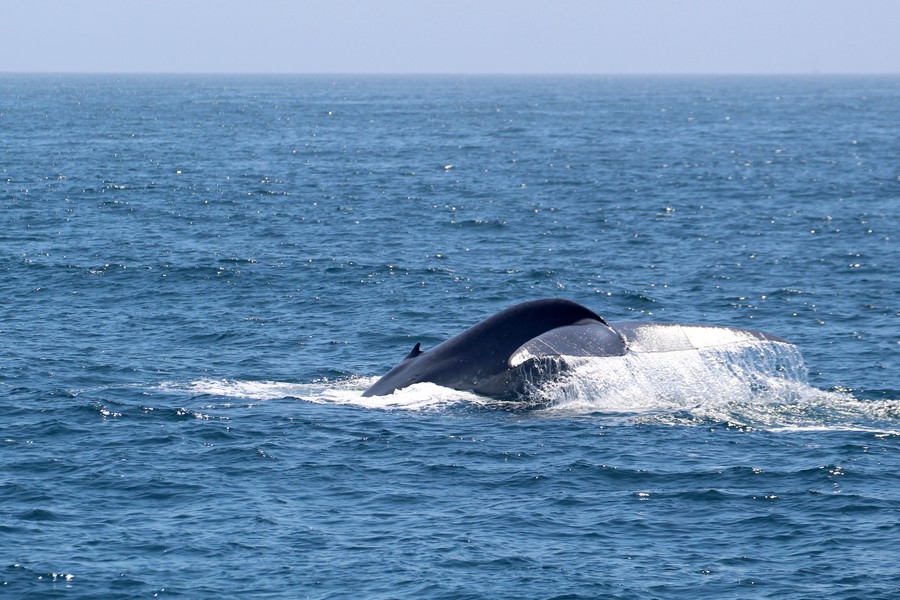
Credit: Aquarium of the Pacific
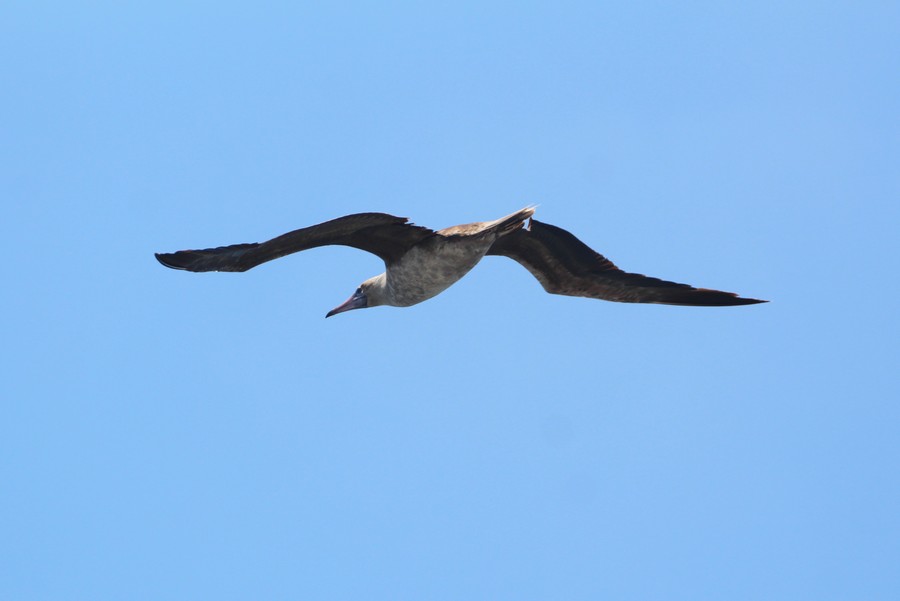
Credit: Aquarium of the Pacific
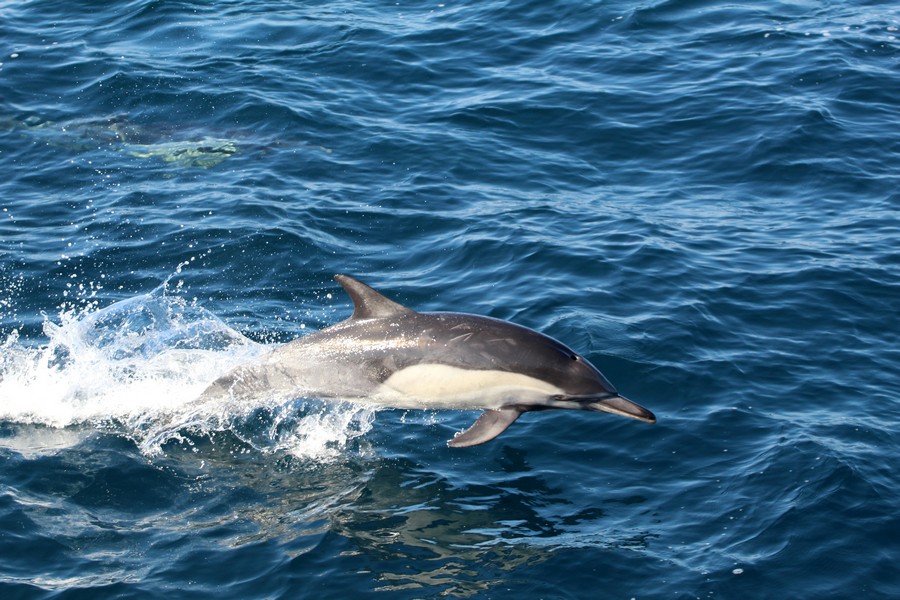
Credit: Aquarium of the Pacific
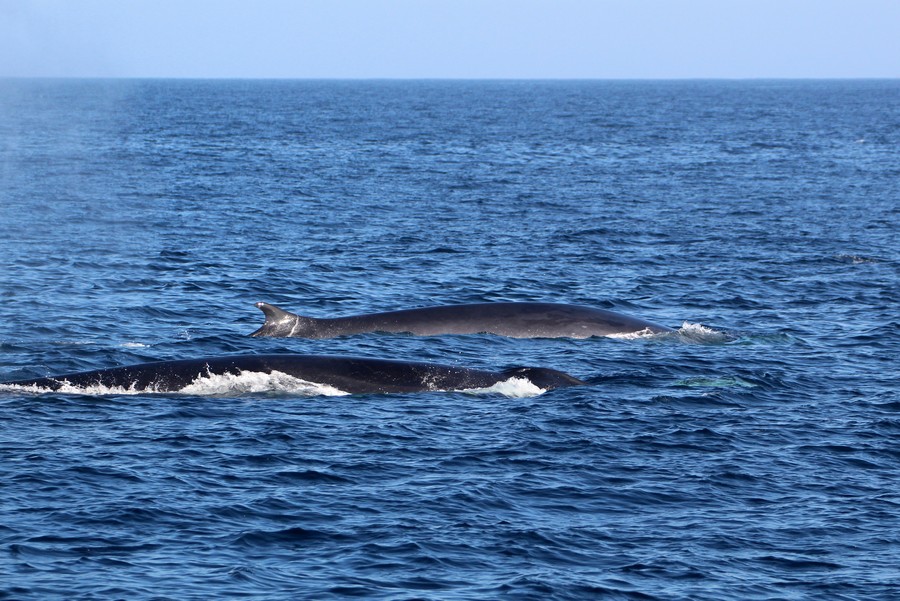
Credit: Aquarium of the Pacific

Credit: Aquarium of the Pacific
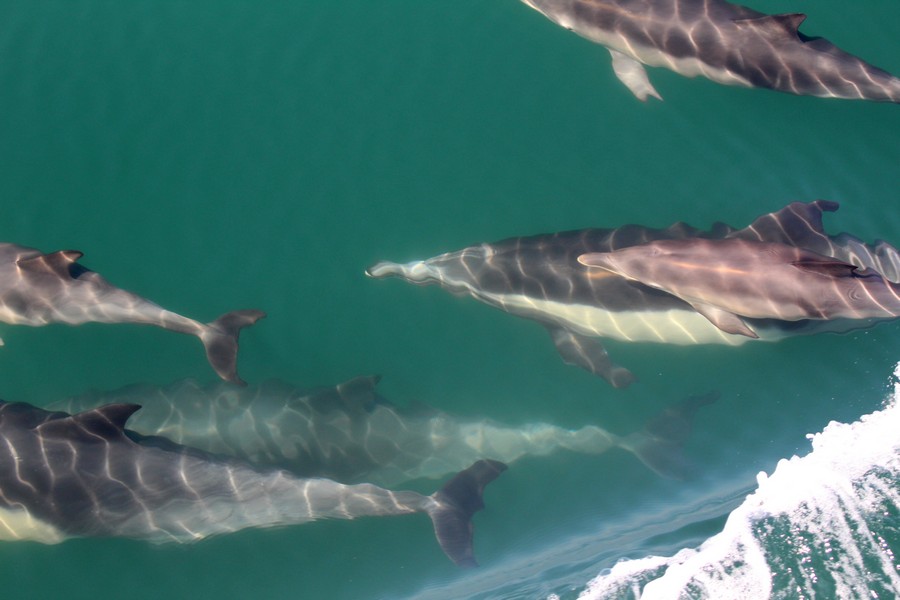
Credit: Aquarium of the Pacific

